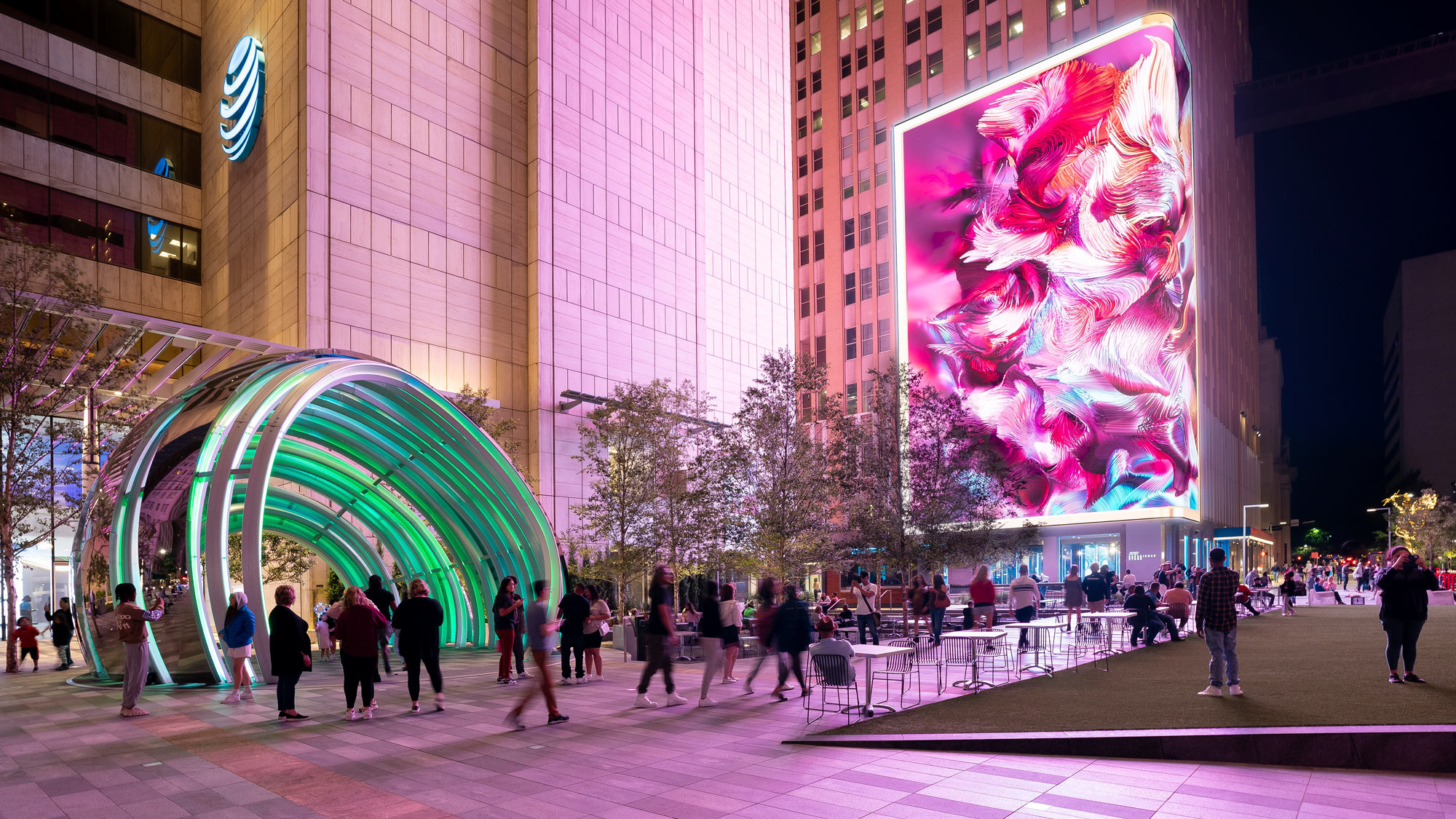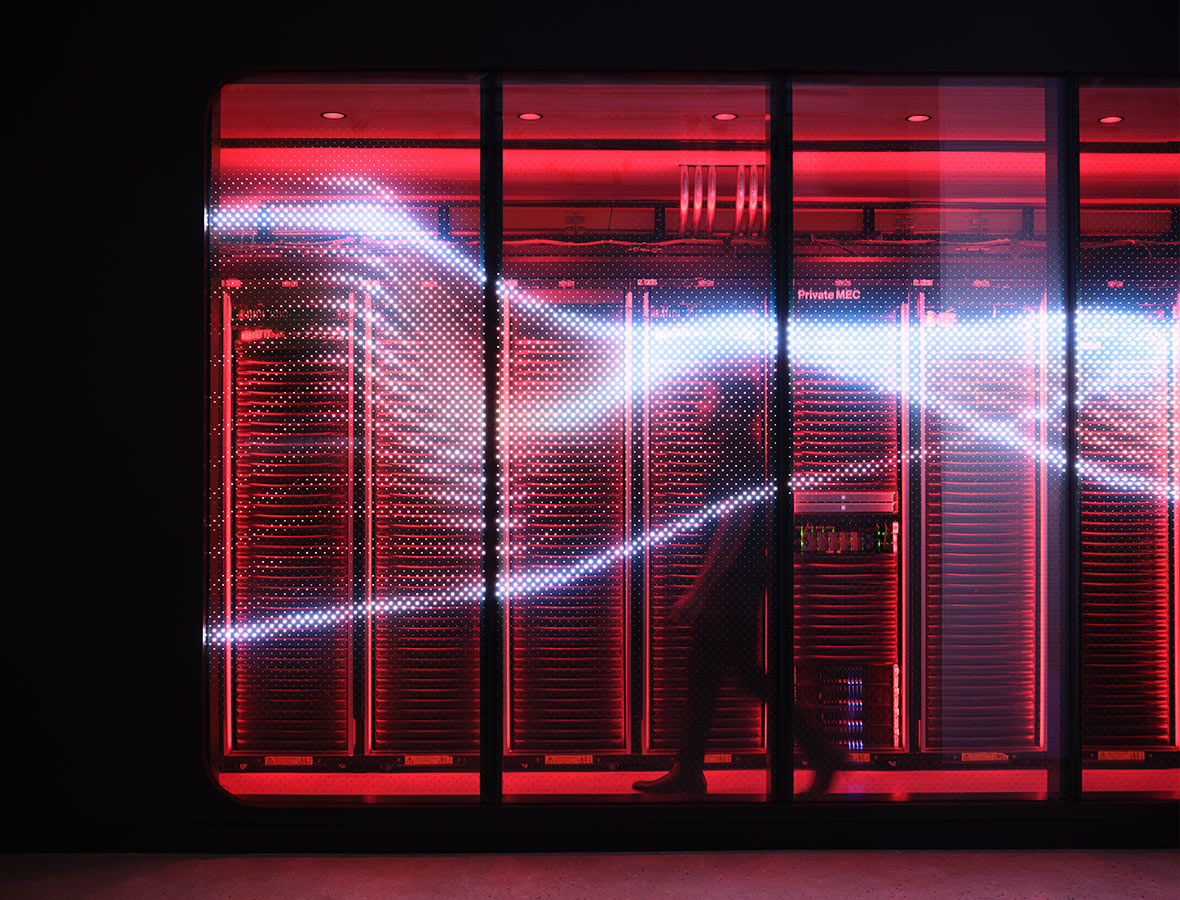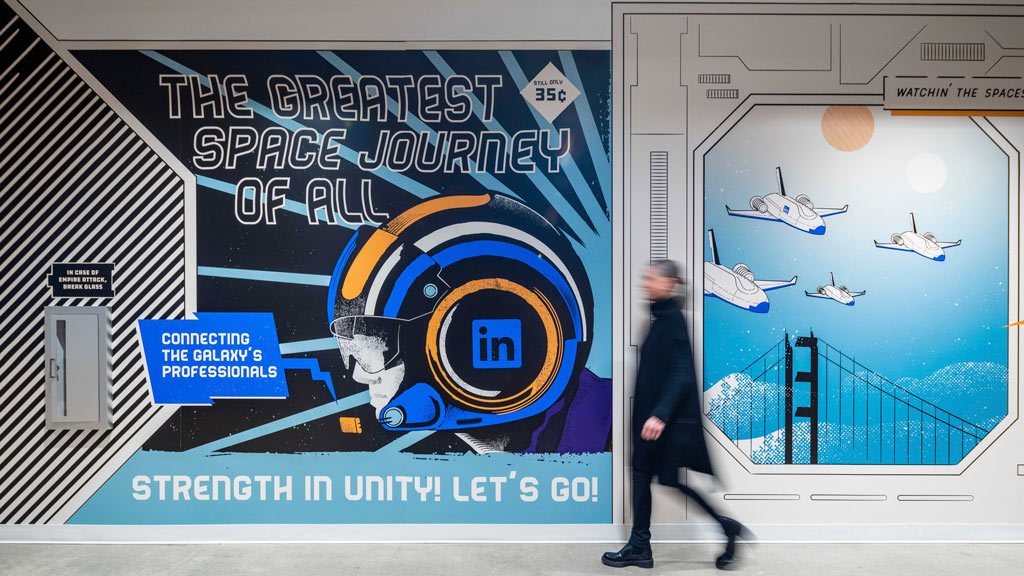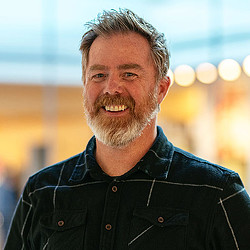Worldbuilding: Creating Transformative Experiences With Narrative Design
July 31, 2024 | By Greg Ashton and Helen Grossman
In storytelling, worldbuilding lays the foundation and sets the tone for how characters develop and interact with each other and their environments. As readers, viewers, or participants, we may not always be completely clued into the “lore,” but with strategic glimpses into the rules of a story’s world, we can better understand motivations and consequences as well as feel a deeper emotional resonance to the narrative. When we use narrative as a design tool, worldbuilding is the logic that allows us to invigorate our practice with imaginative and collaborative ideas that ultimately create a deeper sense of meaning for people engaging with the space.
You might think: I need a design for a law practice workplace, what use is worldbuilding for me? But by reframing our mindset from “design a new office” to “design a world for a law practice,” we can develop a narrative framework for that environment that can still be pragmatic but that has the potential for deeper layers of engagement and impact.
Choreographing a Narrative
When narrative is leveraged as a tool for design, it helps to drive emotional connection and the sense of a shared experience. In the architectural scale, we have many tools for storytelling, and one of the most compelling is sequencing: how visitors move through a space and how you want people to discover certain elements therein.
At Disneyland, visitors enter Galaxy’s Edge and feel immediately transported by the setting. When they turn a corner and the Millenium Falcon comes into view, that “reveal” moment adds anticipation and immediately evokes a reaction of awe and wonder. One of the most powerful elements of creating the choreography of moving through space is contrast: moving from a small space to a larger one or using technologies such as lighting and soundscapes to shift someone’s attention and cultivate a different kind of interaction with the space and with other people there.
At the AT&T Discovery District in Dallas, a choreographed multi-media ecosystem creates a sense of connectedness and fluidity between the company headquarters, a public plaza, and restaurants and entertainment spaces. Lights on the trellises and in the ground reinforce this sense of cohesion across the sequence of spaces and give the feeling of continuity moving from the immersive, media-rich environment of the plaza and corporate lobby to the social dining areas.

Leveraging Familiarity to Create Surprise
A tenet of worldbuilding is that it must be familiar enough that we can still engage with it and relate to it. Taking the essence of worldbuilding and narrative-driven design into traditional built environments allows us to take an element of a space that might otherwise be so ubiquitous that it becomes essentially invisible and bring it to life in a way that is unexpected and memorable.
Gensler’s Digital Experience Design team is developing an installation for a workplace that subverts expectations of the typical potted plant display and is turning it into an interactive experience that reacts to movement and animates throughout the day. Live plants are still very much a core element, but the experience takes something that’s familiar and turns it into something new and theatrical.
Visual storytelling helps us understand the context of who we are, where we are, and what our role is in that environment. It helps us understand how we engage with other people and gives us agency to play. Drawing on familiar cues creates a more permeable entry point for people to engage in a state of immersion that ultimately cultivates a deeper shared connection to each other and to place.
Design is a team sport, not an engine. Worldbuilding allows designers, our clients, and their constituents to co-author an experience that supports the narrative and transcends the status quo. Using story as a tool in design is a powerful way to add layers of meaning into a space. Even in the most utilitarian and practical of use cases, bringing worldbuilding into the design process creates results in a collaborative and often novel outcome, where programmatic elements, staging and choreography, technology integration, and immersive activations act in concert to create a transformative, inclusive experience for visitors who can participate in and affect the world surrounding them.

For media inquiries, email .


